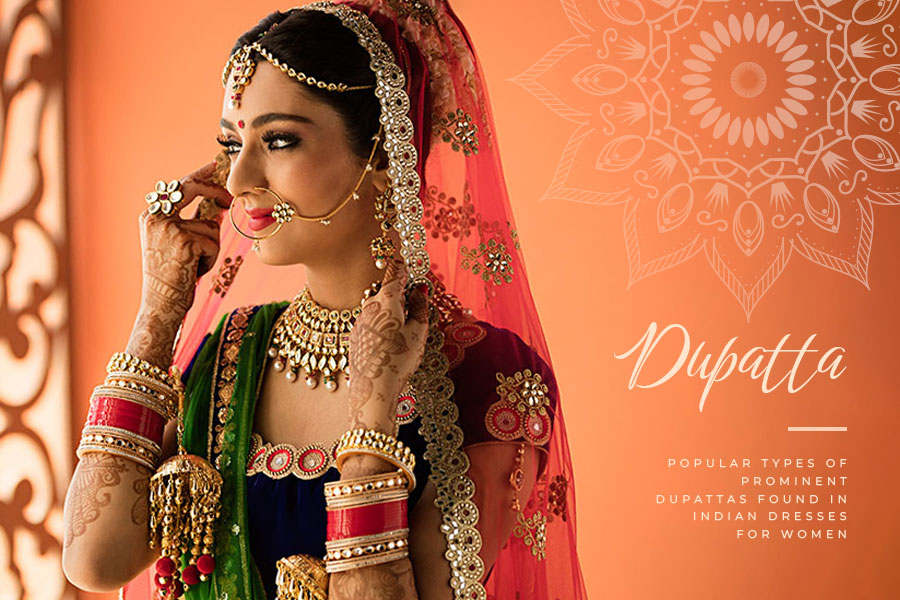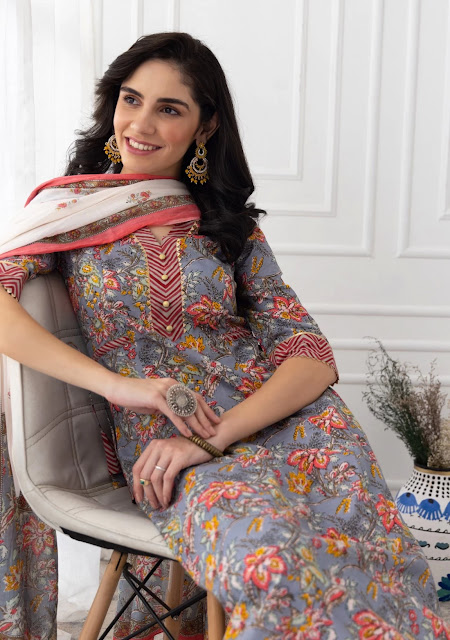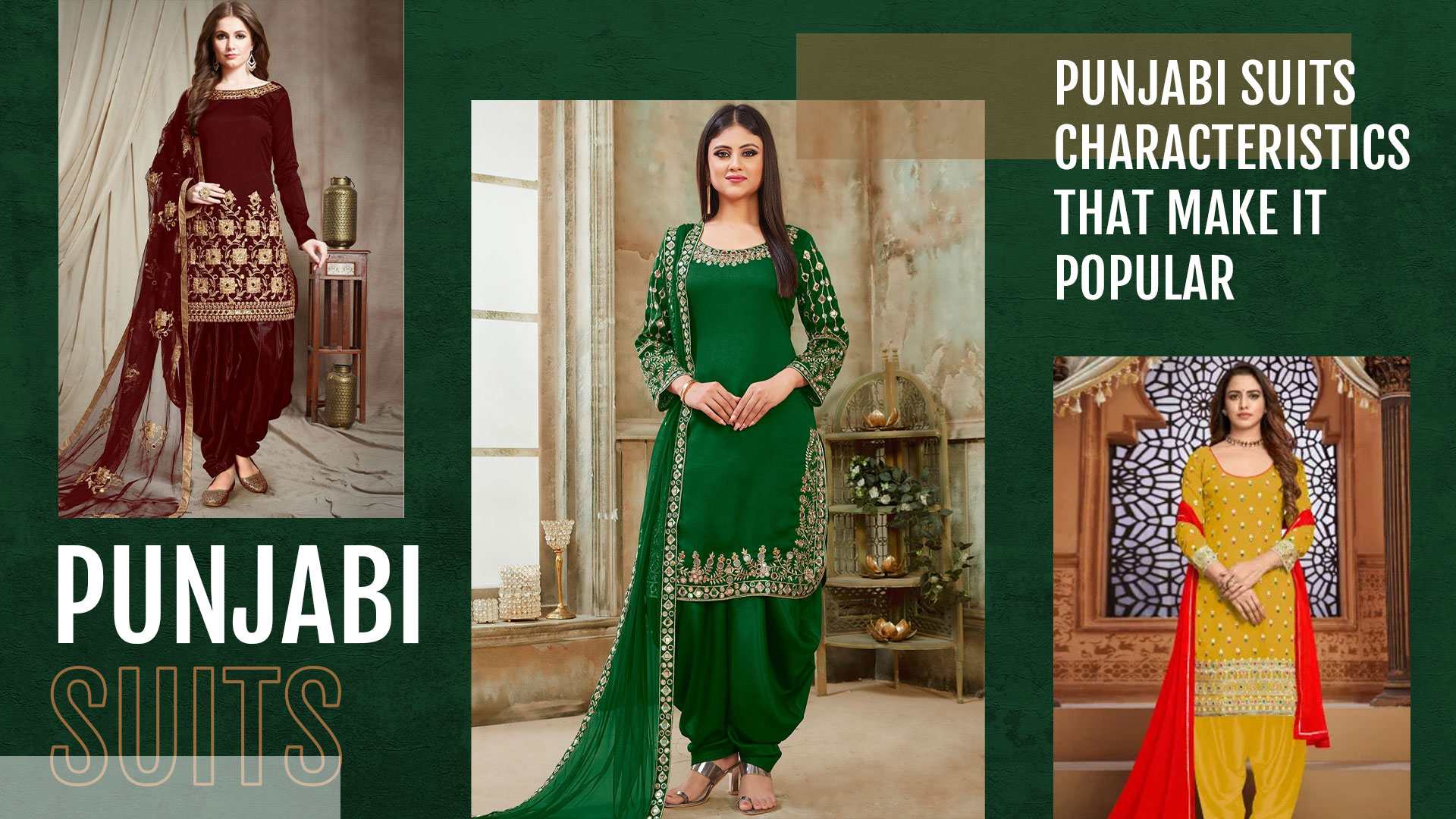Popular Types of Prominent Dupattas Found in Indian Dresses for Women
A dupatta is a scarf-like thing which is paired with Indian originated salwar suit and is a very famous attire among women of all classes. According to traditions, Indian women and girls cover their heads with a dupatta as a mark of respect to the elders and while entering temples too, the heads should be covered with a dupatta. You will be amazed to know that Indian women have about 20 varieties of dupattas that go with their Indian dresses for women.
Let us know a bit more about it:
Let’s tell you about dupattas one by one.
These dupattas are classified based on these classes:
- Fabric type: The dupattas that fall under this category are –Maheshwari dupatta, crepe dupatta, silk dupatta, cotton dupatta, tussar, brocade and so on.
- Artwork type: This includes kalamkari dupatta, kantha dupatta, banarasi dupatta, bandhani dupatta, shibori dupatta, parsi work dupatta, patola dupatta, chikankari, ajrakh, linen, shibori etc.
- Workmanship type: The dupattas that come under this category include embroidered dupattas, block printed, hand painted, bandhej, tie and dye, gotta patti, embellished etc.
- Occasion Type: Wedding, regular wear, casual are the types that fall under this category.
We have given a brief about the top 3 less-known dupatta types which are best suited for Indian dresses for women that fall under this category.
Let us know a bit more about it:
Class I: Artwork type
- Patola dupatta: A unique aspect of a Patola dupatta is that both sides of the dupatta have the same intensity of colours and motifs, eliminating the need for a reverse side.
- Parsi work type: Dupattas with Parsi work are a great alternative because of the aura it carries. And the craftsmanship is remarkable.
- Shibori dupattas: The Japanese word for wringing or squeezing is shibori. Cotton or silk, with or without tassels, multi-coloured or with zari edges; there are several options to choose from.
Class II: The Fabric type
- Moonga silk dupatta: This silk's distinguishing trait, which distinguishes it from all other types of silk, is that it is completely golden in colour, a favourite variety among the Assamese. The golden sheen of the dupatta grows with age, making it look better as it continues to age. This sort of dupatta, which was once only worn by royalty, is now a popular choice for weddings and other formal occasions.
- Katan silk dupatta: This has elaborate Meenakari work, with bindi work, jhumka work and square designs that give finely polished Katan silk cloth.
- Kora dupatta: The see-through nature of the dupatta keep it lightweight which when combined with the sheen derived from the silk threads, provides the desired level of glitz to one's ensemble.
Class III: Workmanship type
- Digital printed type: It is the process of printing a digitally created image directly onto the fabric. The fabric's texture and design liberty add a lot of personalities.
- Bandhej type: They provide instant glitz to any ethnic ensemble and come in a variety of vibrant colours.
- Hand-painted type: Hand-painted dupattas are a traditional Indian art form undertaken by rural women.
Class IV: Occasion Type
- Bridal type: Gorgeous dupattas in meenakari work and vibrant shades in Banarasi silk are a great choice for the bridal attire.
- Party wear type: They come in cotton, tussar, and silk fabric and range from elegant kalamkari to luxurious digitally printed dupattas.
- Regular type: This category includes dupattas that drape well and are easy to carry.
- Formal type: With the posh fashion trend, these show a feeling of outstanding taste.






Comments
Post a Comment